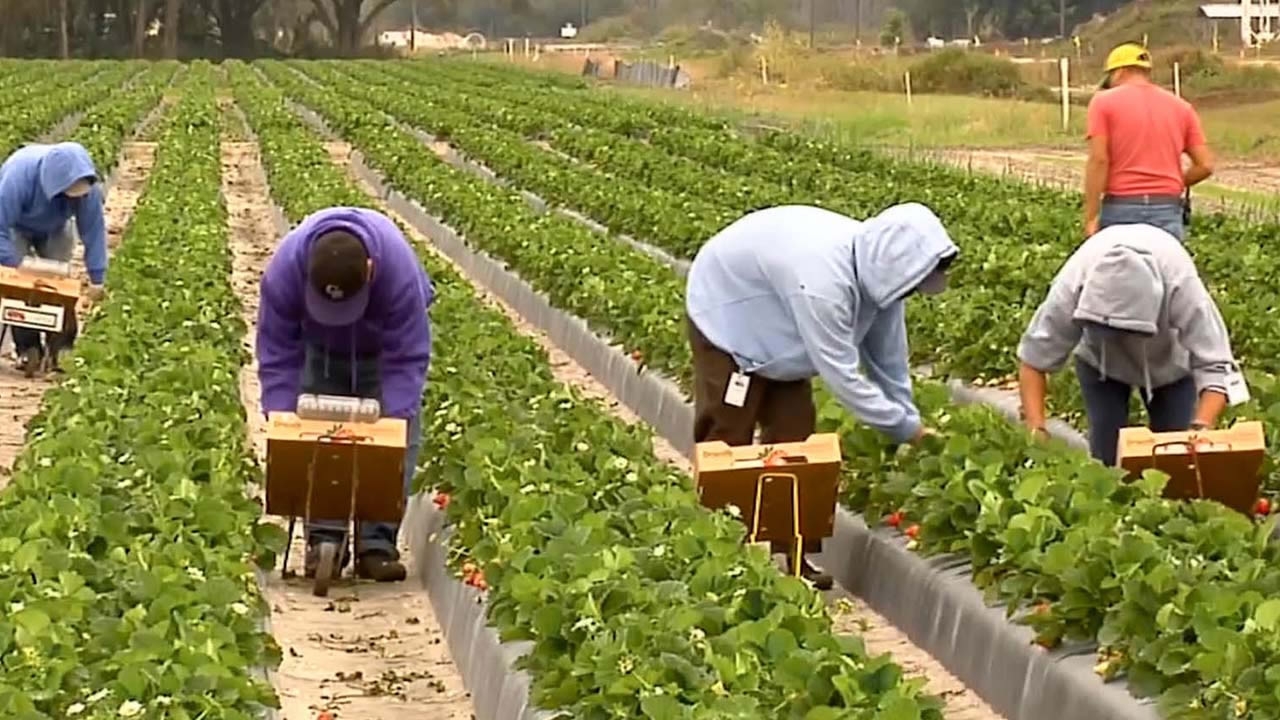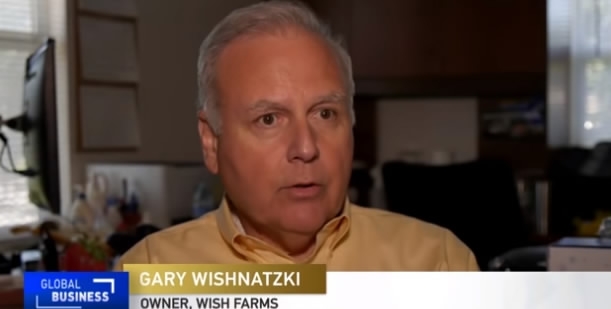
Business
10:32, 04-Aug-2017
Agriculture gets futuristic to plug labor shortage

By CGTN’s Steven Mort
Stacking strawberries for shipment throughout North America, Gary Wishnatzki grows and markets a variety of crops in Florida. But he says he’s struggling to find workers to pick the fruit.
“The availability of labor has been in decline across agriculture,” said Wish Farms owner Gary Wishnatzki. “And it’s not just strawberries.”
Wishnatzki blames the US recession for a reported net reduction in the number of Mexican immigrants, a key source of farm labor.
Mexican government statistics show emigration to the US remains stable, but well below pre-recession levels. And official US figures for May show an 8% decline in farm worker hiring from the year before.

CGTN Photo
CGTN Photo
“We were having times where we were leaving crops in the field,” said Wishnatzki.
Wishnatzki says he’s forced to rely on a seasonal worker visa program just expanded by the Trump administration, but which he complains is expensive and bureaucratic. So he’s turning to technology to make up the shortfall.
Wishnatzki’s company is helping develop a robot he hopes will be able to harvest fruit with the precision of a human worker.
“This is the last frontier in mechanization at the farm,” said Wishnatzki.
While wheat or soy crops are harvested just once a season, strawberry plants are picked multiple times. That means this machine must use its powerful processors to first identify the ripe fruit, and then retrieve it without damaging the fragile plant.
“It’s possible to do things that weren’t even dreamed of five years ago,” said Wishnatzki.
Farmers growing other crops harvested by hand are also experimenting with mechanization.
“If they can make strides in mechanized harvesting to reduce their need for a workforce then that will put them one step closer to continuing to stay competitive,” said Florida Fruit & Vegetable Association Director of Public Affairs Lisa Lochridge,
Wishnatzki hopes his robot will help him compete on cost amid a rise in farm wages.
But it could be some time before these workers are replaced by machines. Wishnatzki expects it’ll take about 3 years before the technology is ready for widespread use.
12145km

SITEMAP
Copyright © 2018 CGTN. Beijing ICP prepared NO.16065310-3
Copyright © 2018 CGTN. Beijing ICP prepared NO.16065310-3